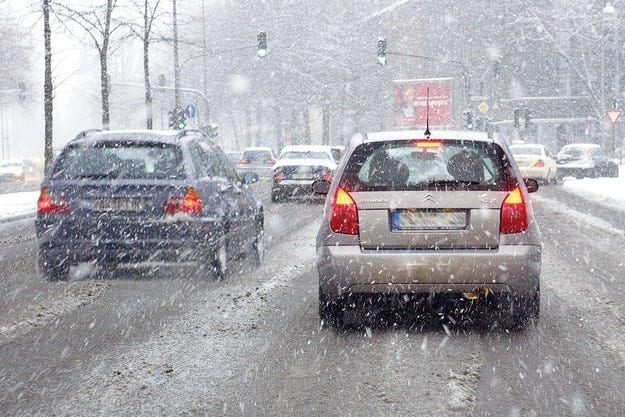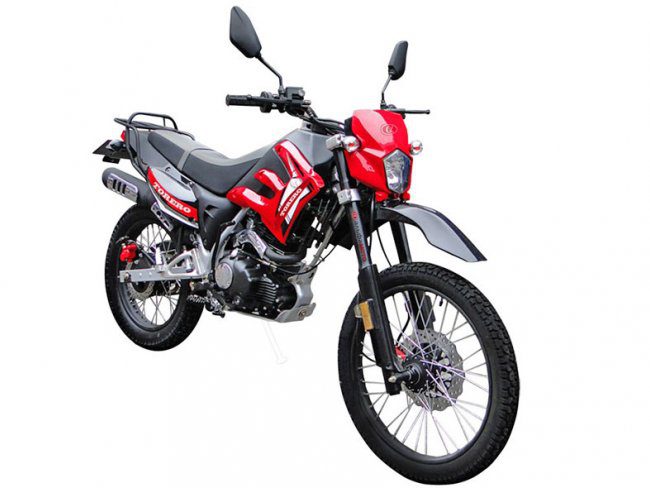
How to drive economically in winter

Some specific tips to reduce fuel consumption in cold weather
In addition to a longer warm-up time, during which the engine consumes more fuel, in winter a significant amount of energy is spent on various electrical devices. Here are some tips on how to keep fuel consumption within acceptable limits in subzero temperatures.
1 Avoid short sections of traffic. It costs a lot of money and pollutes the atmosphere.
If your destination is close, it's best to walk. This is not only good for the environment, but also saves you money and is good for your health. For short distances, the vehicle cannot warm up and fuel consumption and emissions are extremely high.
2 It is better to wash the glass of the car when the engine is not running..
It also protects the environment and reduces costs. With the fuel used up, a few leva will leave your pocket through the silencer. A separate fact is that it is good to avoid unnecessary noise and air pollution. At idle, especially diesel engines heat up much more slowly than when the car is moving at low and medium speeds. That's why it's best to start as soon as you start the bike.
3 Shifting gears early at low to medium speeds significantly reduces fuel consumption.
When driving, the engine heats up faster, which means that the interior warms up. However, it should be borne in mind that even when the arrow of the cooling system thermometer leaves the blue zone, the engine is practically not warmed up. The liquid in the small cooling circuit reaches its optimum operating temperature much faster than the oil in the crankcase. Namely, engine wear depends on the oil temperature. In low winter temperatures, it is sometimes necessary to drive up to 20 km before it reaches operating parameters. Pre-starting the engine leads to increased wear.
4 Switch off electrical consumers such as heated rear windows and seats as soon as possible..
Heated seats, exterior mirrors, rear and windshields consume a lot of energy - the power consumed by the latter is 550 watts, and the rear window uses another 180 watts. Another 100 watts is needed to warm the back and lower part. And all this is expensive: for every 100 watts, the engine consumes 0,1 liters of additional fuel per 100 km. The included front and rear fog lights add another 0,2 liters. Also, the use of the latter should really only be limited to cases of fog, otherwise they will dazzle the drivers behind.
5 With a given tire pressure in winter, driving is not only safer but also more economical.
The significantly lower tire pressure increases rolling resistance and therefore increases fuel consumption. Some economical maniacs increase the pressure by about 0,5-1,0 bar higher than prescribed by the manufacturer. However, in this case, it should be borne in mind that the contact area of the tire and, therefore, the grip is reduced, and this deteriorates safety. Therefore, it is best to follow these instructions, which can usually be found in a column next to the driver, on the inside of the tank cap, in a car book or in a glove box.
6 Every kilogram counts: it is better to store various unnecessary things in the garage or basement than in the car.
Pointless ballast must be dismantled immediately or removed if not in use, as it increases fuel consumption. A roof rack, for example, at 130 km / h can increase fuel consumption by two liters.
2020-08-30

